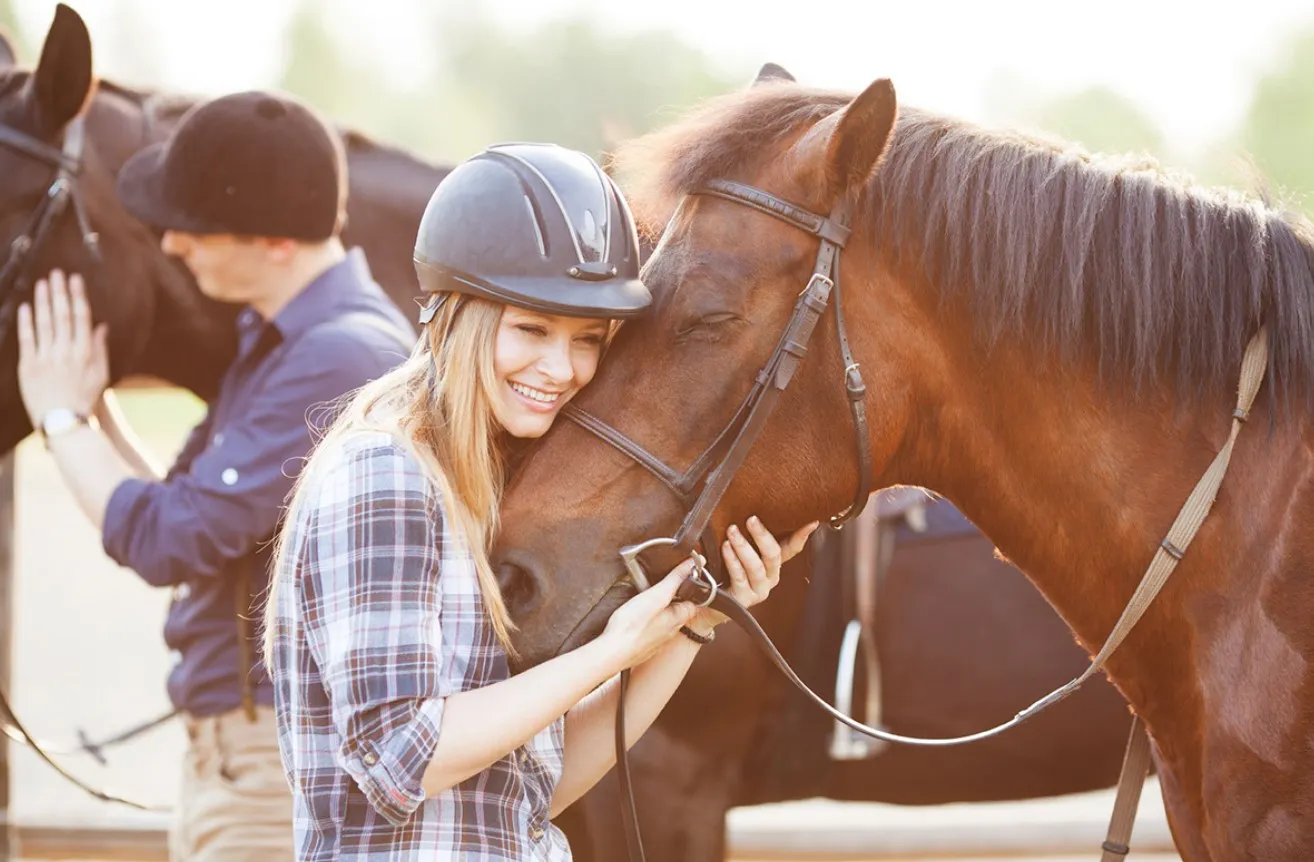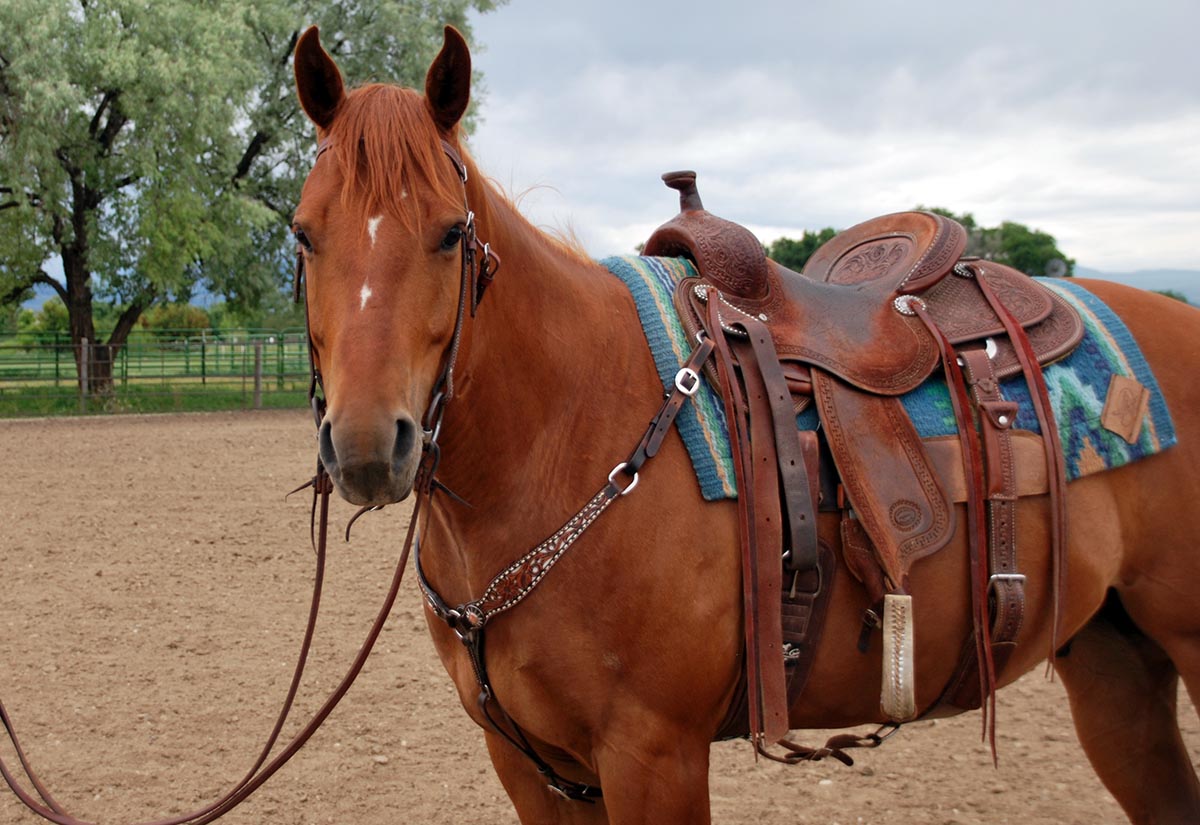Western riding is a popular style of horse riding that originated from the ranching and warfare traditions developed in the American West. Western riding horse training involves various techniques that are not only essential for competitive sports but also for recreational riding. Understanding the nuances of Western riding horse training can significantly enhance one’s ability to communicate effectively with horses and achieve desired outcomes.

The History of Western Riding
The roots of Western riding can be traced back to the Spanish vaqueros, who were the first to introduce cattle ranching in the Americas. Over time, their techniques evolved, blending with the methods used by Native Americans and settlers. This evolution gave birth to a unique style of riding that emphasizes control, agility, and comfort for both the rider and the horse. This historical context is crucial for understanding the development of Western riding horse training techniques.
Understanding Western Riding Techniques
Western riding techniques are distinct from other styles due to their focus on neck reining, the use of a Western saddle, and the incorporation of specific cues and commands. These techniques are designed to maximize the horse’s responsiveness while ensuring the rider’s comfort during long hours of work or competition.
Neck Reining
Neck reining is a fundamental aspect of Western riding. It involves guiding the horse using reins that apply pressure to the horse’s neck rather than pulling on the bit. This method allows for subtle communication between the rider and horse, promoting a smoother and more efficient ride.
Western Saddle
The Western saddle is uniquely designed to provide maximum comfort and support during long rides. Unlike English saddles, Western saddles are equipped with a horn, which offers added security and functionality, particularly during activities like cattle roping.
Cues and Commands
In Western riding horse training, verbal cues and physical signals are used to communicate with the horse. These commands help reinforce desired behaviors and ensure the horse responds appropriately to the rider’s instructions. For more insights on using voice commands effectively, visit horse voice command training.
Training Techniques for Western Riding
Effective training techniques are critical for developing a well-rounded Western riding horse. These techniques focus on building trust, enhancing communication, and improving the horse’s skills and agility.
Building Trust and Bonding
A strong bond between the rider and horse is essential for successful training. This bond is built through consistent interaction, patience, and positive reinforcement. To learn more about positive reinforcement techniques, you can explore horse positive reinforcement.
Improving Agility and Responsiveness
Agility and responsiveness are crucial attributes of a well-trained Western riding horse. Training exercises that focus on enhancing these skills can include obstacle courses, trail rides, and competitive events like barrel racing.
Implementing Discipline
Discipline is a vital component of Western riding horse training. It involves setting clear expectations and boundaries for the horse. This aspect of training ensures that the horse behaves predictably and safely in various situations. For more on this topic, check out horse discipline training.
Common Challenges in Western Riding Horse Training
Training a horse for Western riding can present several challenges. Understanding and addressing these challenges is essential for successful training outcomes.
Dealing with Stubbornness
Some horses may exhibit stubborn behavior during training. Addressing this issue requires patience, consistency, and employing techniques to encourage cooperation. For strategies to deal with stubborn horses, visit how to deal with stubborn horses.
Maintaining Consistency
Consistency in training sessions is key to reinforcing positive behavior and ensuring the horse retains what it learns. Establishing a regular training schedule helps achieve this consistency, benefiting both the rider and the horse.
Training for Specific Events
Training for specific Western riding events, like reining, cutting, or roping, requires specialized techniques and dedication. Riders must tailor their training approach to meet the demands of each discipline, ensuring their horse performs optimally.

FAQs
What is the difference between Western and English riding?
Western riding focuses on techniques developed for ranch work, emphasizing comfort and control over long distances, while English riding emphasizes precision and elegance, often seen in dressage and show jumping.
How long does it take to train a horse for Western riding?
The time required to train a horse for Western riding varies depending on the horse’s temperament, the rider’s experience, and the training methods used. Generally, it can take anywhere from several months to a few years to fully train a horse.
Can any horse be trained for Western riding?
While most horses can be trained for Western riding, certain breeds may be more naturally suited to this style due to their physical attributes and temperament. Breeds like the American Quarter Horse are particularly popular for Western disciplines.
This article contains affiliate links. We may earn a commission at no extra cost to you.






